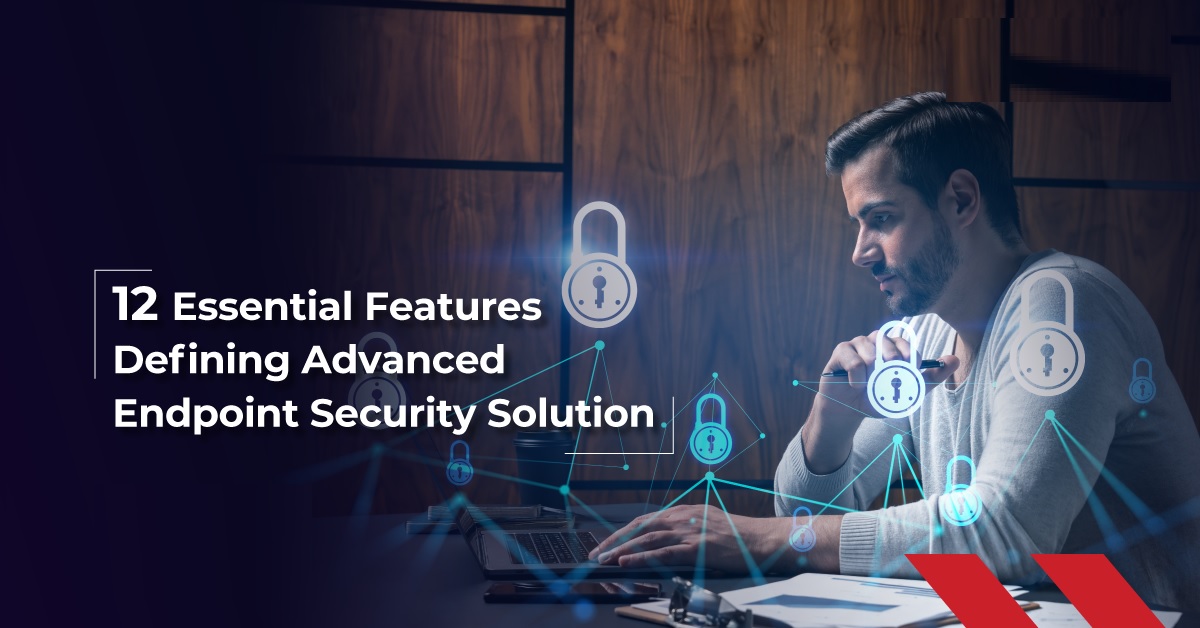Back
12 ESSENTIAL FEATURES OF ADVANCED ENDPOINT SECURITY TOOLS
- By Elite CIO
 Dec 05, 2024
Dec 05, 2024 14
14
 12 ESSENTIAL FEATURES OF ADVANCED ENDPOINT SECURITY TOOLS
12 ESSENTIAL FEATURES OF ADVANCED ENDPOINT SECURITY TOOLS
1. Protection from threats spread via email. An organization's endpoint protection must scan every email attachment to protect the company from attacks, such as phishing.
2. Protection from malicious web downloads. The technology should analyze incoming and outgoing traffic and provide browser protection to block malicious web downloads before they're executed on endpoints.
3. Protection from exploits. This protects against zero-day vulnerabilities and memory-based attacks.
4. Data loss protection (DLP). DLP prevents access violations caused by insiders, including employees, and intentional or unintentional data loss in the event of a system breach. DLP enables organizations to block files transmitted via email or team collaboration tools, as well as files uploaded to the internet.
5. Application and device control. These enable organizations to control which devices can upload or download data, access hardware or access the registry. IT can reduce the chances of shadow IT with application allow lists or blocklists, ensuring only approved software and apps are installed on endpoints.
6. Reports and alerts. These provide prioritized warnings and alerts regarding vulnerabilities, as well as dashboards and reports that offer visibility into endpoint security.
7. Incident investigation and remediation. These include centralized and automated tools to provide automated incident response approaches and step-by-step workflows to investigate incidents.
8. Rapid detection. Detecting threats as early as possible is crucial. The longer a threat sits in the environment, the more it spreads and the more damage it can do. Many endpoint security tools now offer real-time detection capabilities.
9. Advanced machine learning. This analyzes massive amounts of good and bad files and blocks new malware variants before they're executed on endpoint devices.
10. Behavioral monitoring. This technique uses machine learning to monitor behavior-based security to determine risks and block them.
11. Third-party integrations. Endpoint security tools should communicate with other security systems in the organization's environment. These tools should share and ingest threat intelligence so they can learn from each other. Using open API systems, endpoint security products should integrate with other security tools, such as Active Directory, intrusion prevention, and network monitoring.
12. Flexible deployment options. Endpoint security tools should adapt to the organization's needs and environment, offering on-premises or cloud deployment options. Tools should also offer protection for every endpoint in the company that touches data.